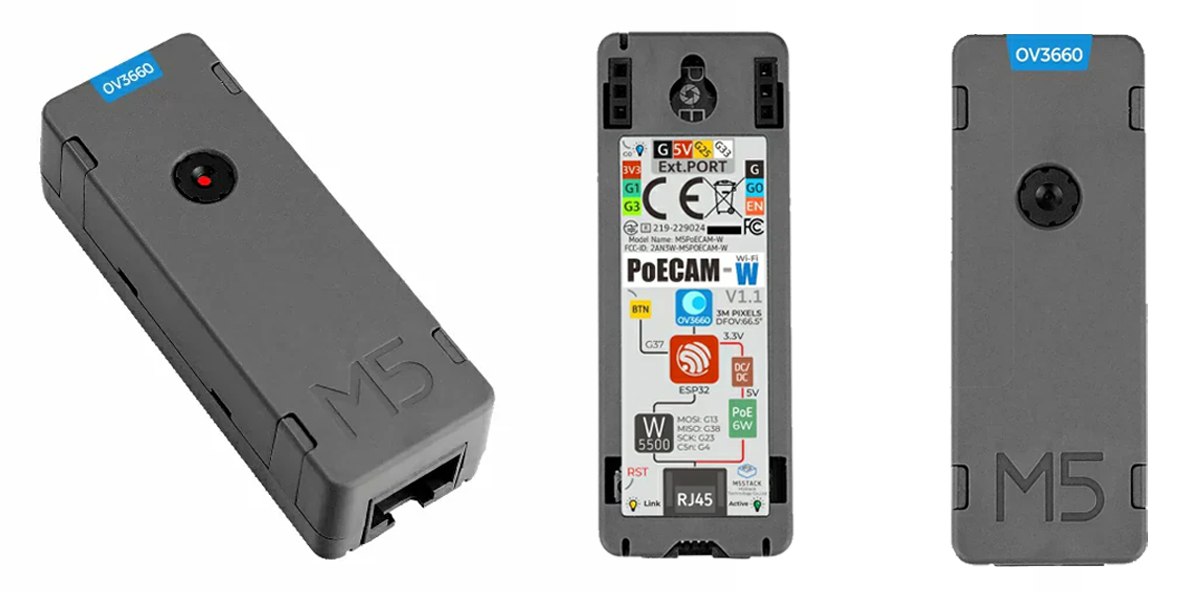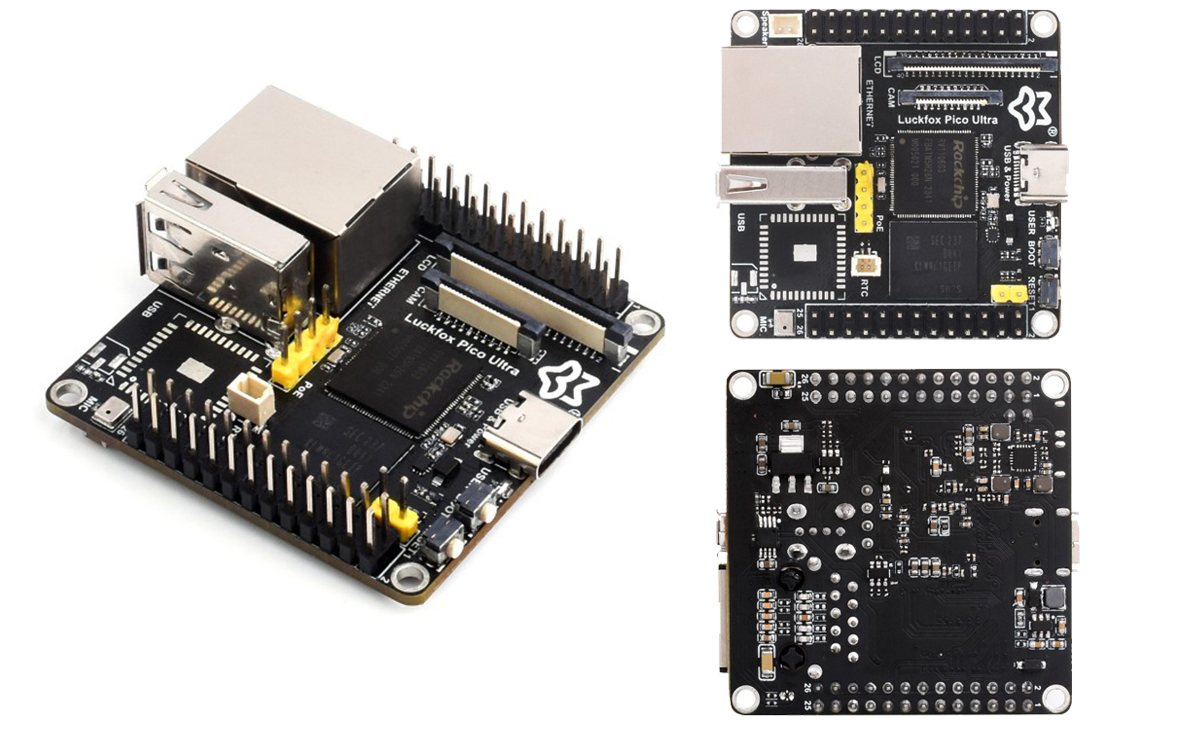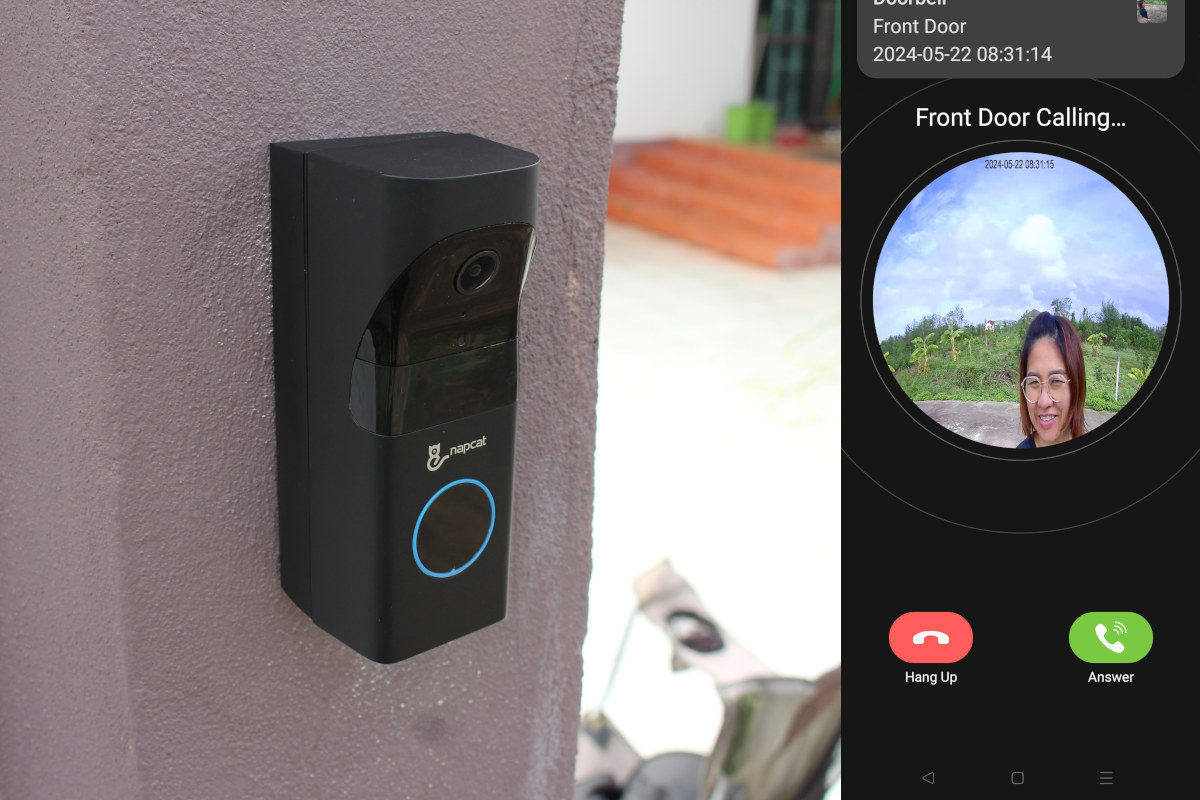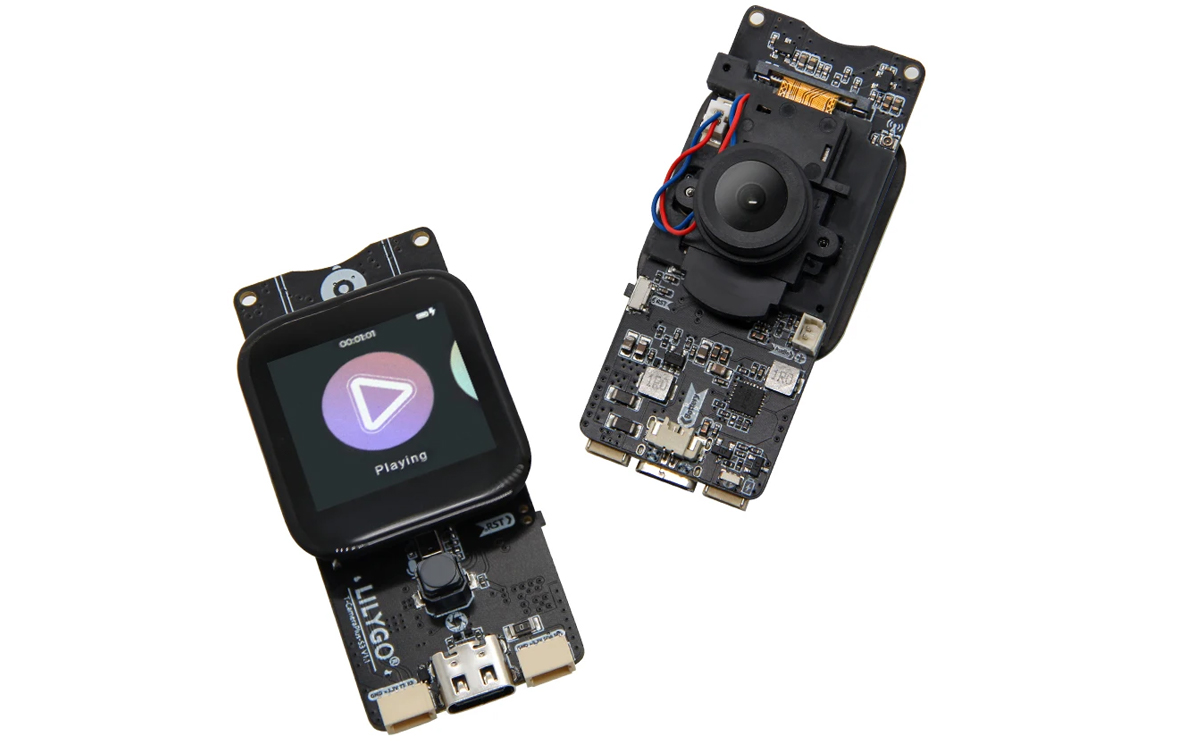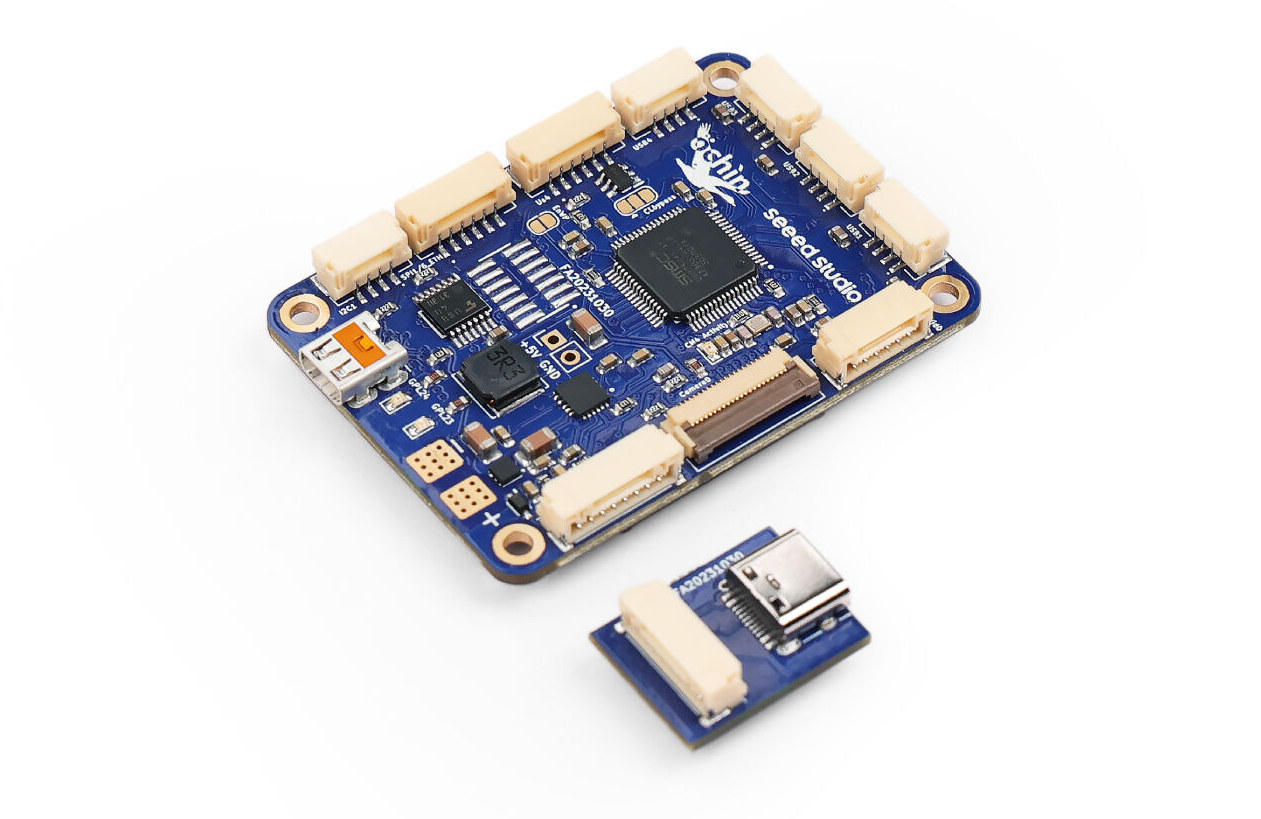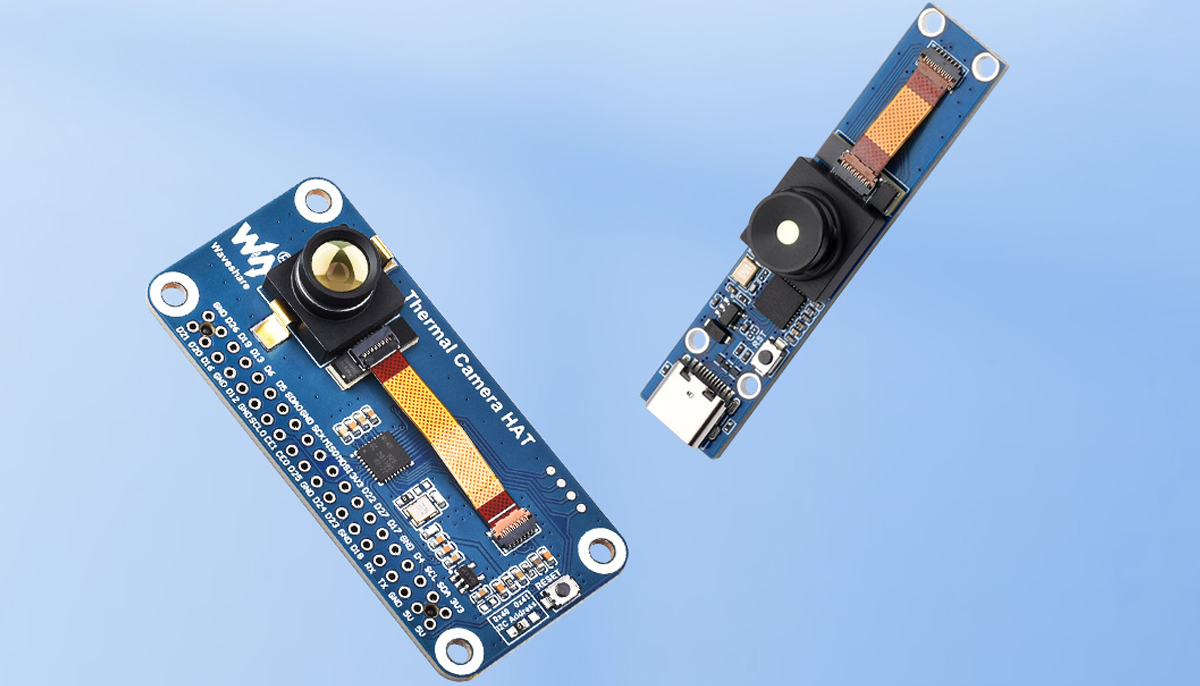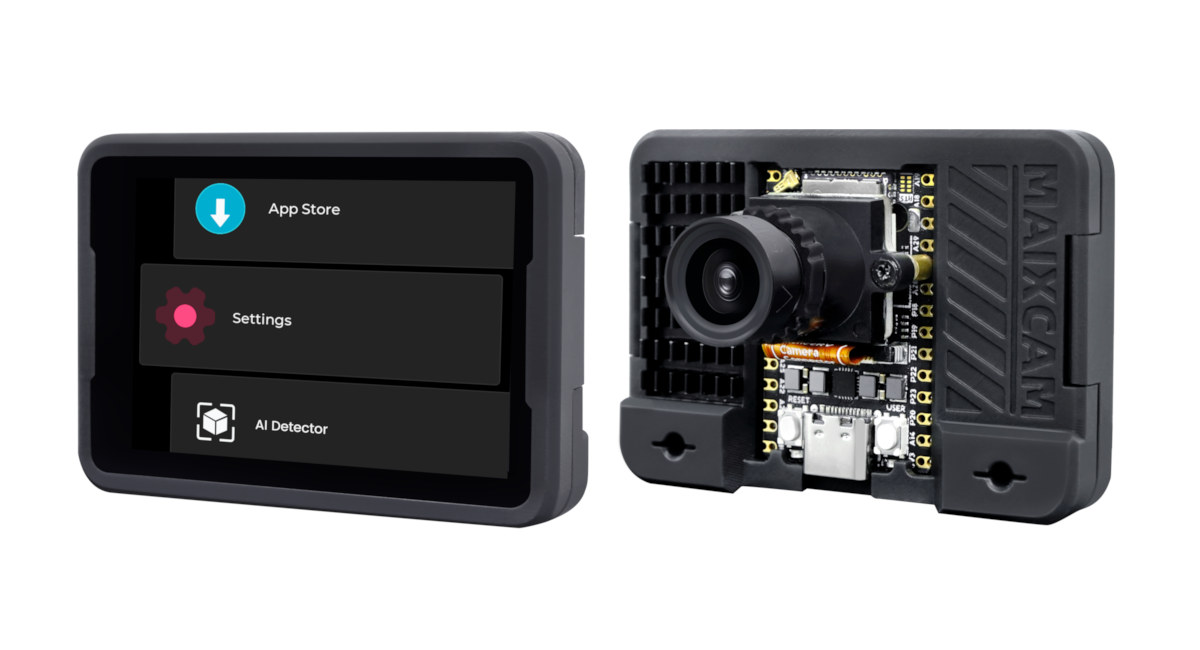Waveshare MAX9296A GMSL camera board allows two cameras to be connected to the Jetson Orin Nano / NX developer boards. The board is built around a MAX9296A Deserializer IC and supports GMSL1 and GMSL2 protocols and ensures fast, low-latency video transmission. The board uses a high-speed interface for transmitting video data, making it ideal for applications like self-driving cars, machine vision, and security systems. Previously we have seen GMSL used in products like AAEON BOXER-8645AI, Neousys Technology NRU-110V, and others. We have also written about NileCAM21 which can work with a 15-meter-long cable attached to it feel free to check those out if you are interested in those products. Waveshare MAX9296A GMSL camera board specifications Waveshare part number – MAX9296-GMSL-Camera-Board Deserializer IC – Maxim (ADI) MAX9296A Host support – NVIDIA Jetson Orin Nano / Jetson Orin NX dev boards Serializer model support – MAX9295, MAX96717, MAX96705, etc. GMSL input – 2-ch GMSL2 (compatible […]
M5Stack M5PoECAM-W V1.1 – A ESP32-powered PoE camera module with 3MP OV3660 sensor
M5Stack M5PoECAM-W V1.1 is a PoE camera module built around the Espressif ESP32 MCU and WIZnet W5500 Hardwired TCP/IP embedded Ethernet controller. The W5500 along with a PoE controller takes care of ethernet and PoE power whereas the 3MP OV3660 sensor is responsible for video and photos. The camera features a wide 65° field of view which makes it suitable for applications like image monitoring and remote data acquisition. Previously we have covered similar camera modules like the LILYGO T-Camera-Plus-S3, Sipeed MaixCAM, and Luxonis OAK-D Series 2 cameras with the latter also having a PoE option. Feel free to check those out if you are interested in the topic. M5Stack M5PoECAM-W V1.1 specifications ESP32-D0WDQ6-V3 wireless module SoC – Espressif ESP32-D0WDQ6-V3 CPU – dual-core Xtensa LX6 processor clocked at up to 240MHz Memory – 520KB SRAM Connectivity – 2.4 GHz 802.11n WiFi 4 and Bluetooth v4.2 BR/EDR and BLE Memory – […]
Luckfox Pico Ultra micro development board features MIPI CSI, WiFi 6, Ethernet, PoE, GPIO headers, and more
The Luckfox Pico Ultra is a Rockchip RV1106-based Linux micro development board with a MIPI CSI port, an Ethernet port, and a 0.5 Tops NPU to run AI and image processing applications. Additionally, it features a speaker header, RGB LED header, GPIO, UART, SPI, I2C, USB, and much more. Waveshare also offers a “W” version of the Pico Ultra with built-in 2.4 GHz Wi-Fi 6 and Bluetooth 5.2. If you want to add PoE support, you can connect to the board with a separate PoE module. Luckfox Pico Ultra Specifications SoC – Rockchip RV1106G3 CPU – Arm Cortex A7 @ 1.2GHz with an integrated RISC-V co-processor. NPU– 0.5 TOPS, supports INT4/INT8/INT16, TensorFlow/MXNet/PyTorch/Caffe/Onnx NN ISP – 5MP high-performance, HDR, WDR, 3DNR, 2DNR, sharpening, defogging, fisheye and gamma correction, feature detection VPU – 3072×1728 (5M) @ 30fps H.265/H.264 encoding, 16M @ 60FPS JPEG snapshot System Memory – 256MB DDR3L Storage – 8GB eMMC flash Display Interface – […]
NapCat Smart Video doorbell review – A battery-powered dual-band WiFi video doorbell with AI features
NapCat R112 is a 5MP video doorbell with dual-band 2.4/5GHz WiFi, AI features such as human and package detection, 2-way audio, and no subscription. It’s waterproof – rated IP65 – so it can be used outdoors, and powered by either a built-in battery or traditional wires. The company sent me a sample of the Napcat R112 for review. I’ll check out the camera in battery-powered mode only in this review, install it on the wall close to the gate of my house, and use the Napcast Android app to access the camera and answer calls. Napcat video doorbell unboxing The retail package shows a photo of the (white) base station and (black) camera and lists some of the main features such as a wide-angle camera, dual-power option, on-device human detection and package monitoring, and dual-band WiFi. There’s no monthly fee to pay to use the device after purchasing it. The […]
LILYGO T-Camera-Plus-S3 – An ESP32-S3 powered dev board with night vision camera and touchscreen display
The LILYGO T-Camera-Plus-S3 is an ESP32-S3 development board designed for building smart home devices, monitoring systems, and other connected projects. The board features a 1.3-inch TFT LCD and the option to choose from OV2640 or OV5640 camera modules. The T-Camera-Plus-S3 can be considered an upgrade from the T-Camera S3, which was introduced in 2022. The upgraded features include a 1.3″ SPI TFT LCD (240×240), a microphone with MAX98357A codec and external speaker support, support for a micro SD card, a battery connector, and many other features. Previously we have written many different types of ESP32-S3-based boards like the Waveshare ESP32-S3-Matrix, ESP32-S3-Tiny board, and Unexpected Maker NANOS3 feel free to check those out if you are looking for unique ESP32 boards. LILYGO T-Camera-Plus-S3 specification ESP32-S3-WROOM-1 wireless module SoC – ESP32-S3R8 dual-core Tensilica LX7 microcontroller @ 240 MHz (Note: this SKU is not listed in the official ESP32-S3 datasheet) with 2.4 GHz 802.11n […]
Ochin V2 tiny Raspberry Pi CM4 robotics carrier board gets micro HDMI port, Fast Ethernet support
Ochin V2 is an update to the tiny Ochin Raspberry Pi CM4 carrier board for robotics applications and drones that adds a micro HDMI port, support for Fast Ethernet through pads or a GHS connector (no RJ45 connector), two user LEDs, and a few other changes. The form factor remains the same at just 55 x 40 x 4.7mm, or about the size of a Raspberry Pi Compute Module 4, which in combination with a range of USB, UART, I2C, and SPI interfaces, makes it an ideal candidate for space-constrained applications such as robotics system or UAVs. Ochin V2 specifications (differences against Ochin v1 shown in bold or strikethrough): Supported modules – Raspberry Pi CM4 with Broadcom BCM2711 quad-core Cortex-A72 processor, up to 8GB RAM, up to 32GB eMMC flash (the CM4 Lite is not supported since there’s no microSD card on the board), 4Kp60 H.265 decode, 1080p30 H.264 encode, […]
Waveshare Thermal Imaging Camera Module – Raspberry Pi HAT or USB-C model, 80×62 resolution, dual FOV options (45°/90°)
The Waveshare Thermal Imaging Camera module comes in two variants, namely the Thermal-45/90 Camera Raspberry Pi HAT and Thermal-45/90 USB Camera. The main difference between the two is that the HAT is designed to be attached to a Raspberry Pi, Pi Zero, or any other SBC that features a Pi-compatible pin layout like the Sipeed Longan Pi3H, Banana Pi BPI-M4, Radxa Zero 3W SBC, and others. On the other hand, the USB module can be connected to any PC, Android, or other device with a USB connection. The camera features a shutterless design, which is why it can produce a thermal imaging video stream output of up to 25 frames per second (FPS). Additionally, Waveshare offers options for different fields of view (FOV) – a basic version with a 45° FOV and a wide-angle version with a 90° FOV, making it suitable for applications like IR thermometers, industrial temperature control, […]
Sipeed MaixCAM is a RISC-V AI camera devkit with up to 5MP camera, 2.3-inch color touchscreen display, GPIOs
Sipeed MaixCAM is an AI camera based on SOPHGO SG2002 RISC-V (and Arm, and 8051) SoC with a 1 TOPS NPU that takes up to 5MP camera modules and comes with a 2.3-inch color touchscreen display. The development kit also comes with WiFi 6 and BLE 5.4 connectivity, optional Ethernet, audio input and output ports, a USB Type-C port, and two 14-pin GPIO headers for expansion that makes it suitable for a range of computer vision, Smart audio, and AIoT applications. Sipeed MaixCAM specifications: SoC – SOPHGO SG2002 CPU 1 GHz RISC-V C906 processor or Arm Cortex-A53 core (selectable at boot) running Linux 700 MHz RISC-V C906 core running an RTOS 25 to 300 MHz low-power 8051 processor NPU – 1 TOPS @ INT8 with support for models such as Mobilenetv2, YOLOv5, YOLOv8, etc… Video Codec – H.264, H.265, MJPEG hardware encoding and decoding up to 2K @ 30fps Memory […]



